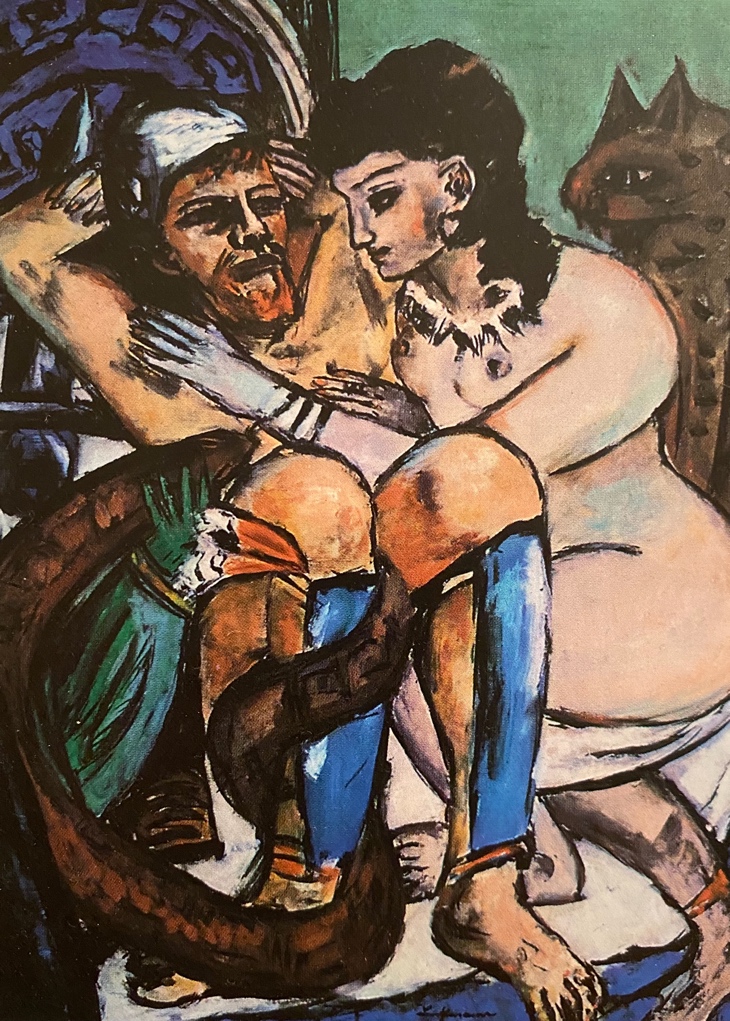At our recent Section meeting, I introduced the topic of Literary Modernism and took a look at the novel Ulysses by James Joyce.
Art, Spirit, Epiphany
A Waldorf Perspective
“James Joyce, the twentieth century literary giant, had a vision of the arts. He saw the arts as consisting of both proper and improper manifestations. But he saw two kinds of improper art. This distinction between two types of improper arts is most important. One he called pornographic because it seduces one, pulls one towards it and sells itself. The other form of improper art he called didactic because it wants to teach one a lesson, whether one wants to learn it or not. It is in-your-face, avantgarde art, pushing itself on one. Didactic art is true but not pretty. Pornographic art is pretty but not true.
“The arts have this very special and serious mission of engaging us on three fronts. Pornographic (not meaning anything sexual in this case) art appeals to our will, through our feelings, while didactic art appeals to our thinking through our feelings. They are forms of art that go too far in the direction of the metabolic-limb or will experience on the one hand and too far into the nerve-sense or thinking process on the other, and don’t resonate fully within the rhythmic, feeling realm where an epiphany, as Joyce called it, in the stillness of the heart can take place—what is referred to as aesthetic arrest.”
Quoted from Journal for Rudolf Steiner/Waldorf Teachers (Produced by the Pedagogical Section in Australia and New Zealand)


